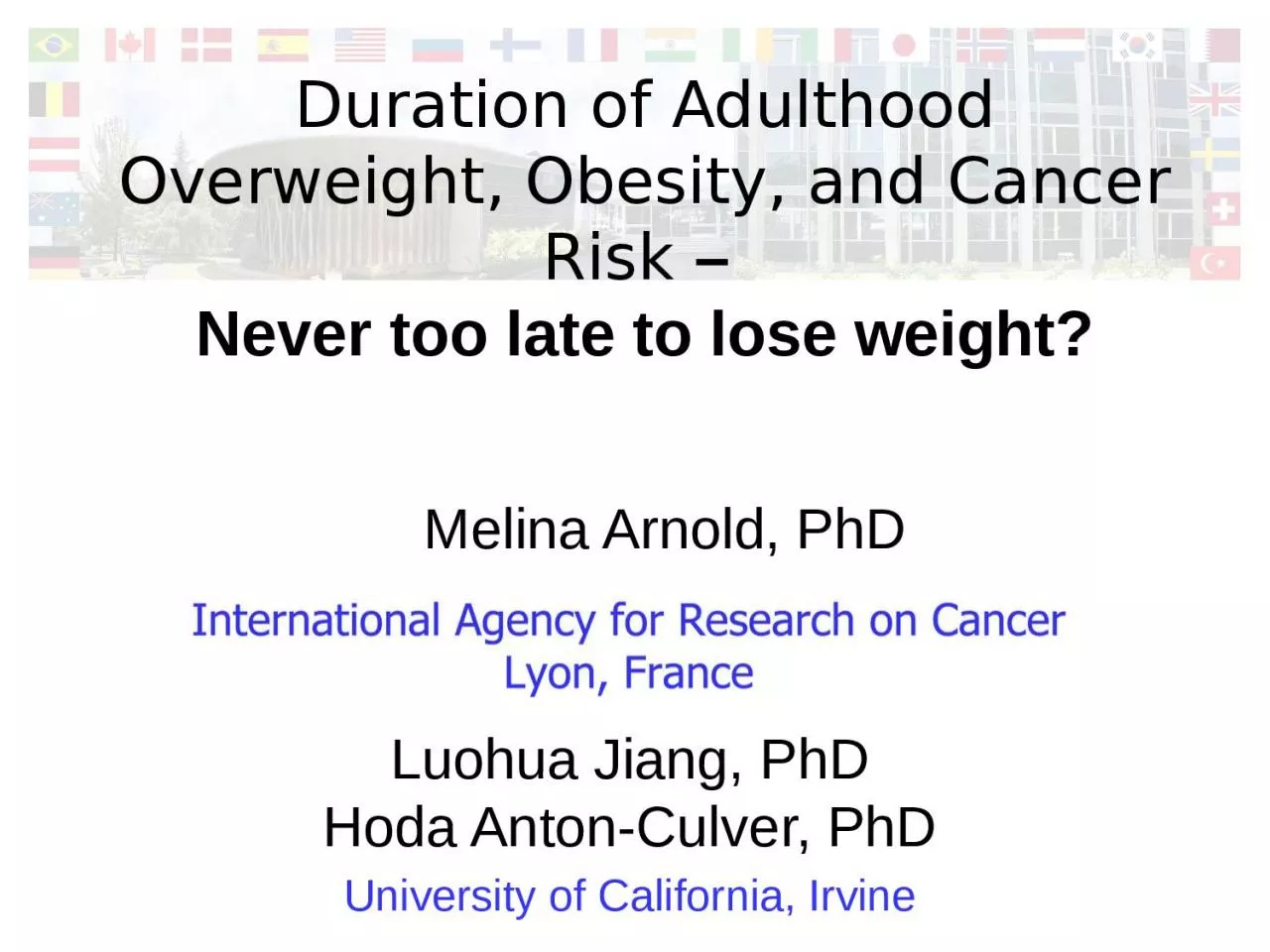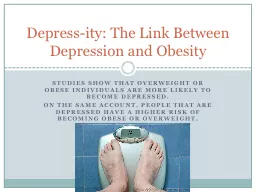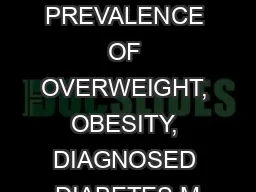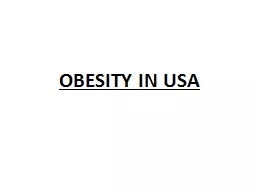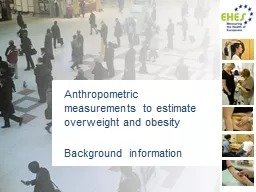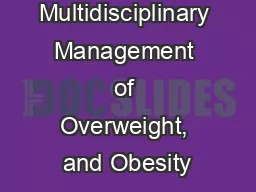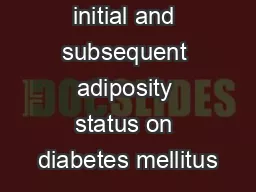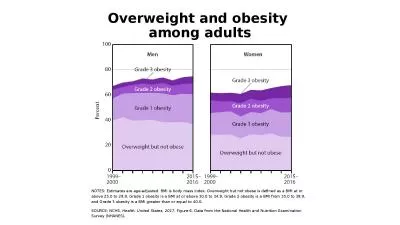PPT-Duration of Adulthood Overweight, Obesity
Author : adia | Published Date : 2023-07-23
and Cancer Risk Never too late to lose weight Melina Arnold PhD Luohua Jiang PhD Hoda AntonCulver PhD University of California Irvine Overweight and Obesity
Presentation Embed Code
Download Presentation
Download Presentation The PPT/PDF document "Duration of Adulthood Overweight, Obesit..." is the property of its rightful owner. Permission is granted to download and print the materials on this website for personal, non-commercial use only, and to display it on your personal computer provided you do not modify the materials and that you retain all copyright notices contained in the materials. By downloading content from our website, you accept the terms of this agreement.
Duration of Adulthood Overweight, Obesity: Transcript
Download Rules Of Document
"Duration of Adulthood Overweight, Obesity"The content belongs to its owner. You may download and print it for personal use, without modification, and keep all copyright notices. By downloading, you agree to these terms.
Related Documents

